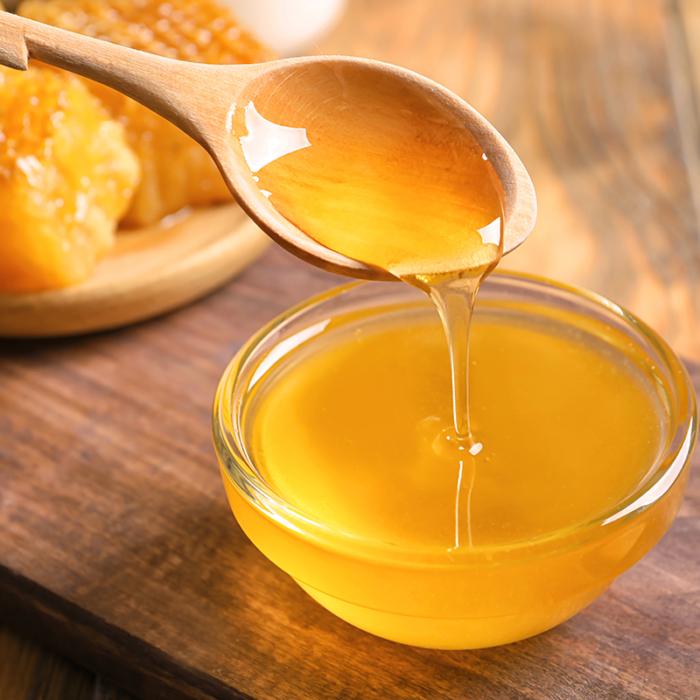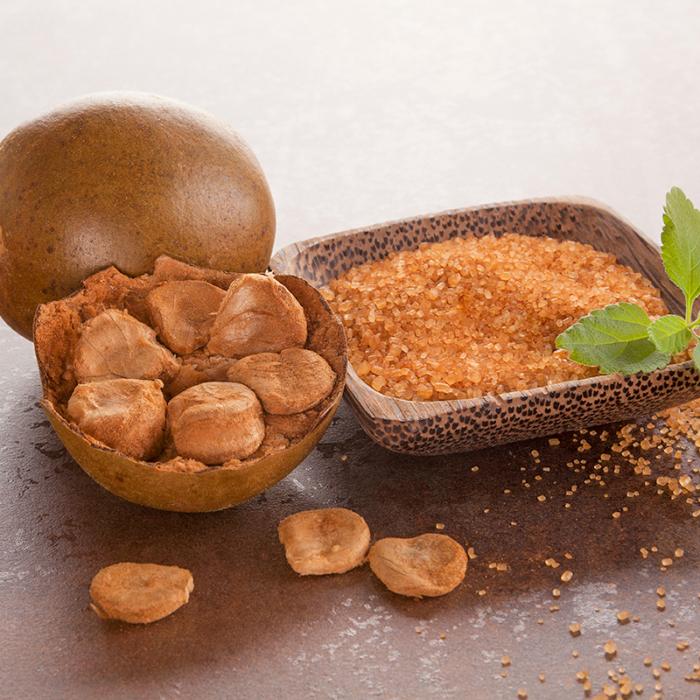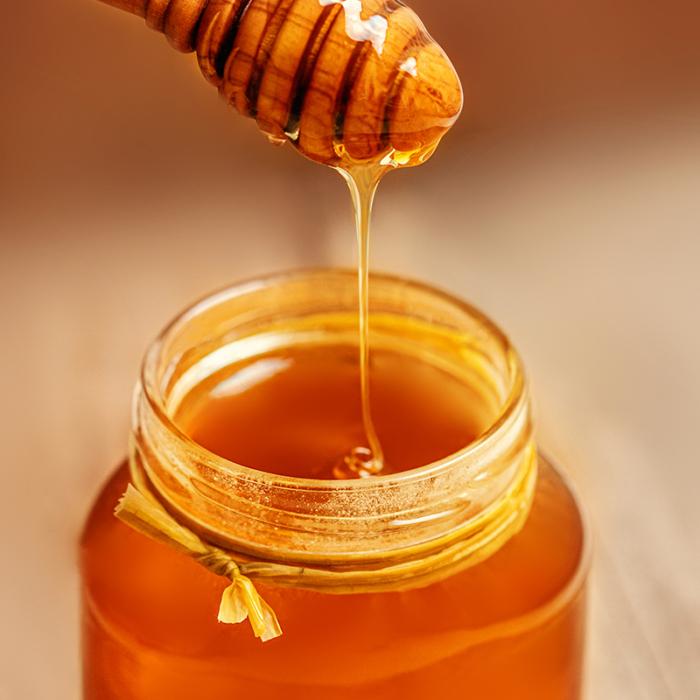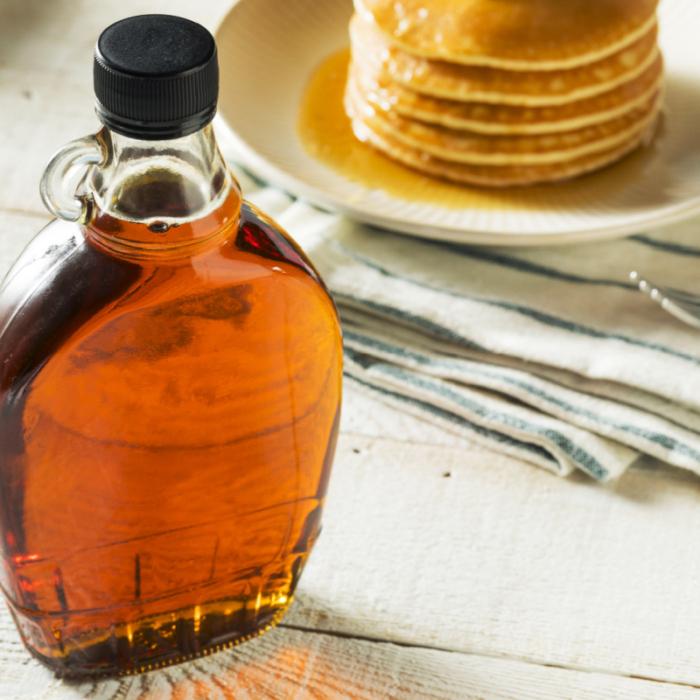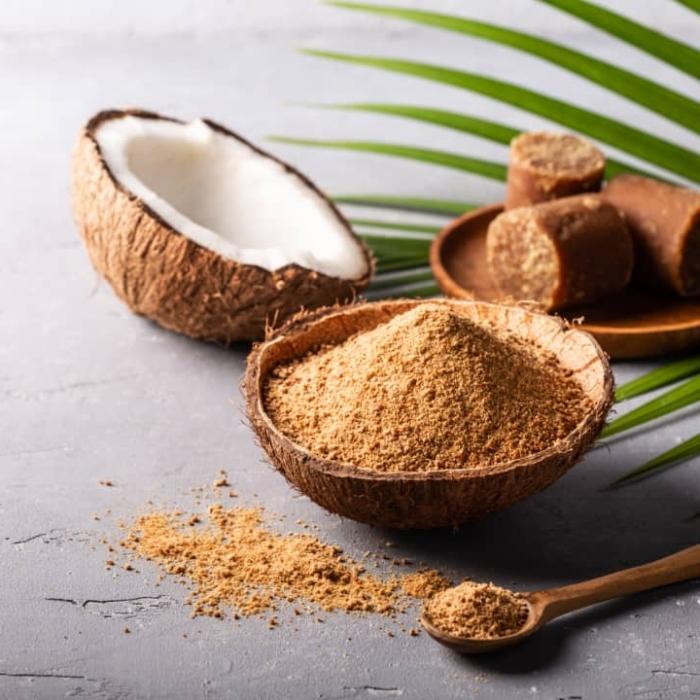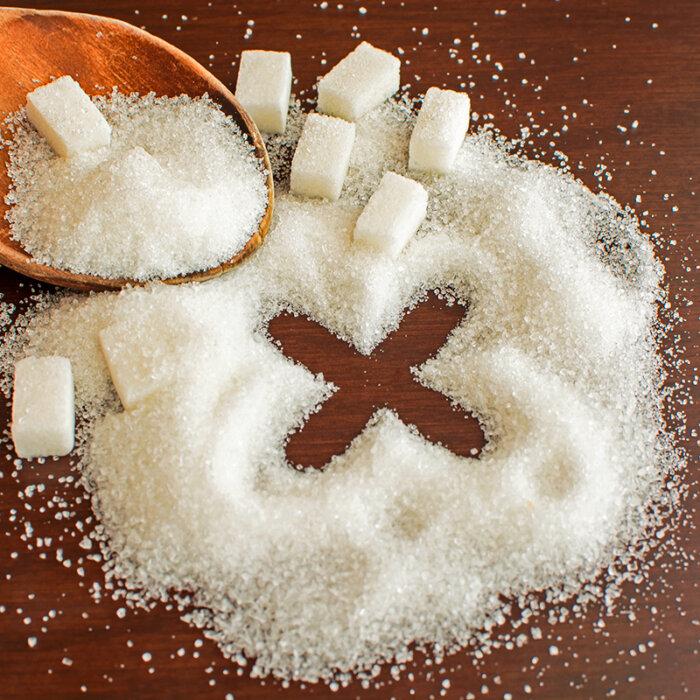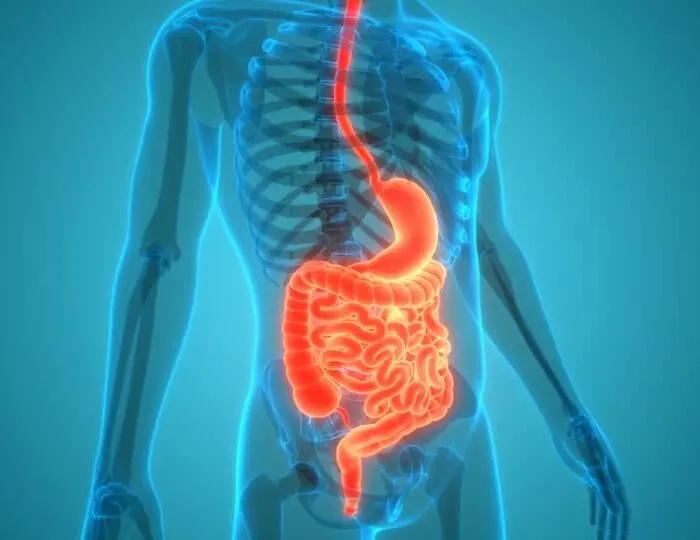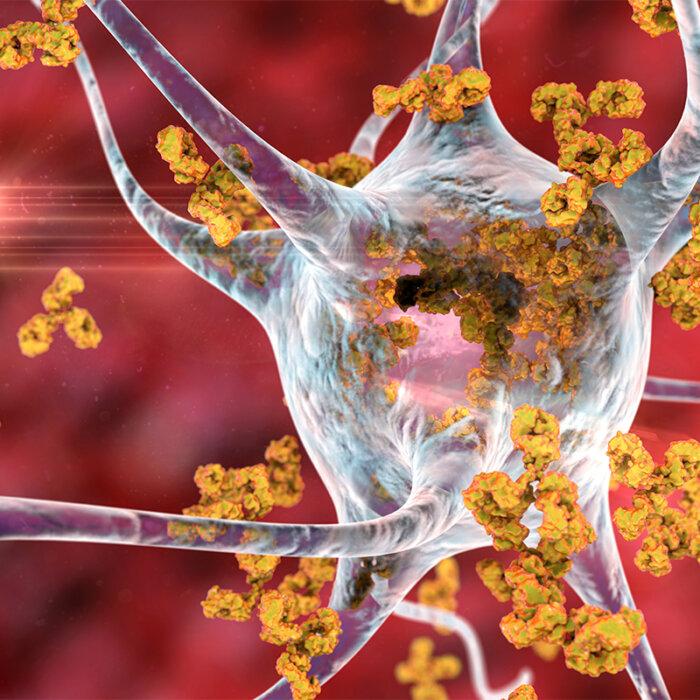Maple syrup is undeniably sweet and tasty. Perhaps you’re like Ross from “Friends,” often finding yourself indulging in a box of maple candies to the point of intoxication. (If not, don’t start: This is a bad idea.) When consumed in moderation, maple syrup is indeed healthier than standard refined sugar.
Some might even consider maple syrup a superfood.
How Is Maple Syrup Made?
Maple syrup is a natural sweetener extracted from the sap of maple trees, collected and concentrated without the addition of any chemicals. The method for collecting maple sap and making syrup was introduced to early North American settlers by Native Americans. It takes about 40 liters of tree sap to make 1 liter of maple syrup.Sap collecting to make maple syrup typically starts in late winter or early spring, usually from February to March, and lasts only a few weeks. Maple trees accumulate starch during growth, which is converted into sugar during the spring thaw. This sugar then mixes with water absorbed by the tree’s roots to form maple sap. As the pressure changes due to rising temperatures and the ground thawing, maple producers bore holes into the tree, and taps are installed, allowing the sap to flow from the trunk.

Maple syrup can vary significantly from region to region and tree to tree. Fascinatingly, maple syrup’s characteristics continuously evolve throughout the entire harvesting season. At the beginning of the season, the syrup is relatively clear with a slight sweetness. As the season progresses, the syrup becomes darker and develops a range of distinct flavors, including vanilla, hazelnut, floral, and coffee, and can even be spicy.
- Golden: delicate flavor
- Amber: rich flavor
- Dark: robust flavor
- Very dark: strong flavor
Composition of Maple Syrup: Effect on Blood Sugar Levels
Based on data from the U.S. Department of Agriculture (USDA), sugars comprise about 60 percent of maple syrup, while water accounts for 32 percent.Maple syrup contains three types of sugars: sucrose, glucose, and fructose. Sucrose is a disaccharide composed of one glucose molecule and one fructose molecule, accounting for 98.3 percent of all sugars in maple syrup, followed by glucose (1.1 percent) and fructose (0.6 percent).
“Maple syrup is a much better option than refined sugar. It’s actually sweeter, which is beneficial because you can get away with using less of it,” Amy Gonzalez, a registered U.S. dietitian, told The Epoch Times. In other words, a smaller amount of maple syrup is required to achieve the same level of sweetness compared to refined sugar.
The Nutritional Value of Maple Syrup
In contrast to refined sugar, primarily composed of sucrose, maple syrup contains a diverse range of more than 250 substances. These compounds either occur naturally in the maple tree or are formed during processing.“It also contains a cocktail of other substances,” Mr. Seeram said.
Maple syrup contains oligosaccharides, organic acids, amino acids, vitamins, and various minerals. It’s also rich in phenolic compounds, which exhibit a range of biological activities.
Maple Syrup’s Health Benefits
Mr. Seeram said maple syrup contains numerous substances that warrant further research and development. Its phenolic compounds exhibit a range of beneficial activities, including anti-mutagenic, anti-radical, antioxidant, anti-inflammatory, anti-diabetic, and even anti-cancer properties.1. Anti-Diabetic
Blood sugar levels rise when food is broken down and absorbed by enzymes. Inhibiting these enzymes is considered an important strategy for treating Type 2 diabetes.Abscisic acid (ABA) found in maple syrup is believed to have potential anti-diabetic properties. This plant hormone shares structural similarities with a class of anti-diabetic drugs known as thiazolidinediones, and animal studies have demonstrated the protective effects of ABA against Type 2 diabetes.

2. Anti-Inflammatory and Antioxidant
Stress, physical injuries, viral infections, exposure to chemical substances, and other factors can trigger the release of toxic substances from cells, including free radicals. Oxidative stress caused by excessive free radicals has been linked to aging and various degenerative diseases, including cancer, heart disease, multiple sclerosis, Parkinson’s disease, autoimmune diseases, and dementia.3. Anti-Cancer and Anti-Mutagenic
Maple syrup contains various phenolic compounds, including kaempferol, luteolin, quercetin, myricetin, and catechin, which exhibit potent anti-tumor and anti-mutagenic properties.4. Unique Phenolic Compound: Quebecol
Quebecol is a unique chemical compound discovered in maple syrup in recent years, believed to possess anti-inflammatory properties. Interestingly, it isn’t naturally present in maple sap and is found only in small quantities in maple syrup. “The chemical is produced during the transformation of the sap in maple syrup, which requires lots of heating and boiling and evaporation,” Normand Voyer, a professor at Laval University’s department of chemistry, told The Epoch Times. He and his colleagues have developed a method for synthesizing quebecol, and scientists worldwide are now studying the substance.“The source of inspiration was nature,” Mr. Voyer said, noting that nature also serves as inspiration for many other drugs on the market. “Nature serves us in providing beautiful chemical structures and natural substances that are unique.”
How to Choose Maple Syrup
Before using maple syrup as a substitute for refined sugar in your diet, it’s crucial to read the product labels and instructions carefully.Look at the ingredient labels and select those that are 100 percent real maple syrup.
Additionally, when selecting maple syrup, choose darker-colored varieties, as they contain more phenolic compounds.
Despite its benefits, it’s important not to eat too much maple syrup.
“First and foremost, it is indeed a sweetener. You should not use a large amount of any sweeter,” Mr. Seeram said.
“Do I believe that it is a functional sweetener or smarter sweetener [than] unrefined sugar? The answer is yes,” but, he added, “you should drizzle, not guzzle.”



